Table of Contents
Istanbul is not the only city that straddles two continents. There are other cities that are located on more than one continent and are called transcontinental cities. Some of these cities include Suez in Egypt, Magnitogorsk and Orenburg in Russia, and Atyrau in Kazakhstan. So maybe not technically but Istanbul is certainly the largest, best known, and most important urban area on a continental divide.

A city of 20 million (unofficially), is literally divided into 2 sections; while the European side is more well-known to travelers, Istanbul Asian side (also known as the Anatolian side) offers a unique perspective on the city’s rich history and vibrant culture. In this blog post, we will provide a comprehensive guide to Istanbul Anatolian side, covering its history, topology, demographics, transportation, infrastructure, tourism attractions, alternative destinations, and answers to internet’s burning questions about Istanbul’s other half. You can even find out where to play chess on the Asian side of Istanbul.
Is the Asian Side of Istanbul Worth Visiting?
The question of whether the Asian side of Istanbul is worth visiting is a common one among travelers. While the European side may have more well-known landmarks, the Asian side offers a unique perspective on the city and its history. With its diverse neighborhoods, natural attractions, museums and cultural centers, the Asian side is definitely worth exploring.

We should also mention that we’re talking about a massive area size here. Istanbul’s Asian side has dozens of neighborhoods and exploring it comprehensively usually requires private transportation. In most cases though, catching a ferry and restricting your visit to one or two neighborhoods (like Üsküdar and Kadikoy) makes a lot of sense.

History of Istanbul’s Asian Side
Istanbul Asian side has a rich and diverse history that spans thousands of years. The area was first settled in the Neolithic period, and it has been inhabited by various civilizations throughout history, including the Greeks, Persians, Romans, and Ottomans.

Asian side in Byzantium’s foundational myth
Istanbul’s Asian shores hold a curious twist in the city’s origin story. Legend tells of Byzas, the founder, seeking the “land of the blind” as instructed by an oracle in Delphi. While the myth often depicts the “blind” as lacking foresight in choosing the Asian side over the seemingly superior Sultanahmet area, it adds another dimension to the story of this vibrant district.
In his search for a new Greek colony Byzas had a prophesy from Pythia. He had to find “the land opposite the city of the blind”. Indeed opposite the colony which was already established by Chalcedon he found an ideal place for a city. He gave the new city his name, Byzantium.🏛 pic.twitter.com/KSVhmUHBE6
— Michael Lambda (@Michael_Lambda) May 3, 2020
This intriguing perspective challenges us to see Istanbul’s Asian side not just as the “other side,” but as a place that played a surprising role in the birth of a legendary city.
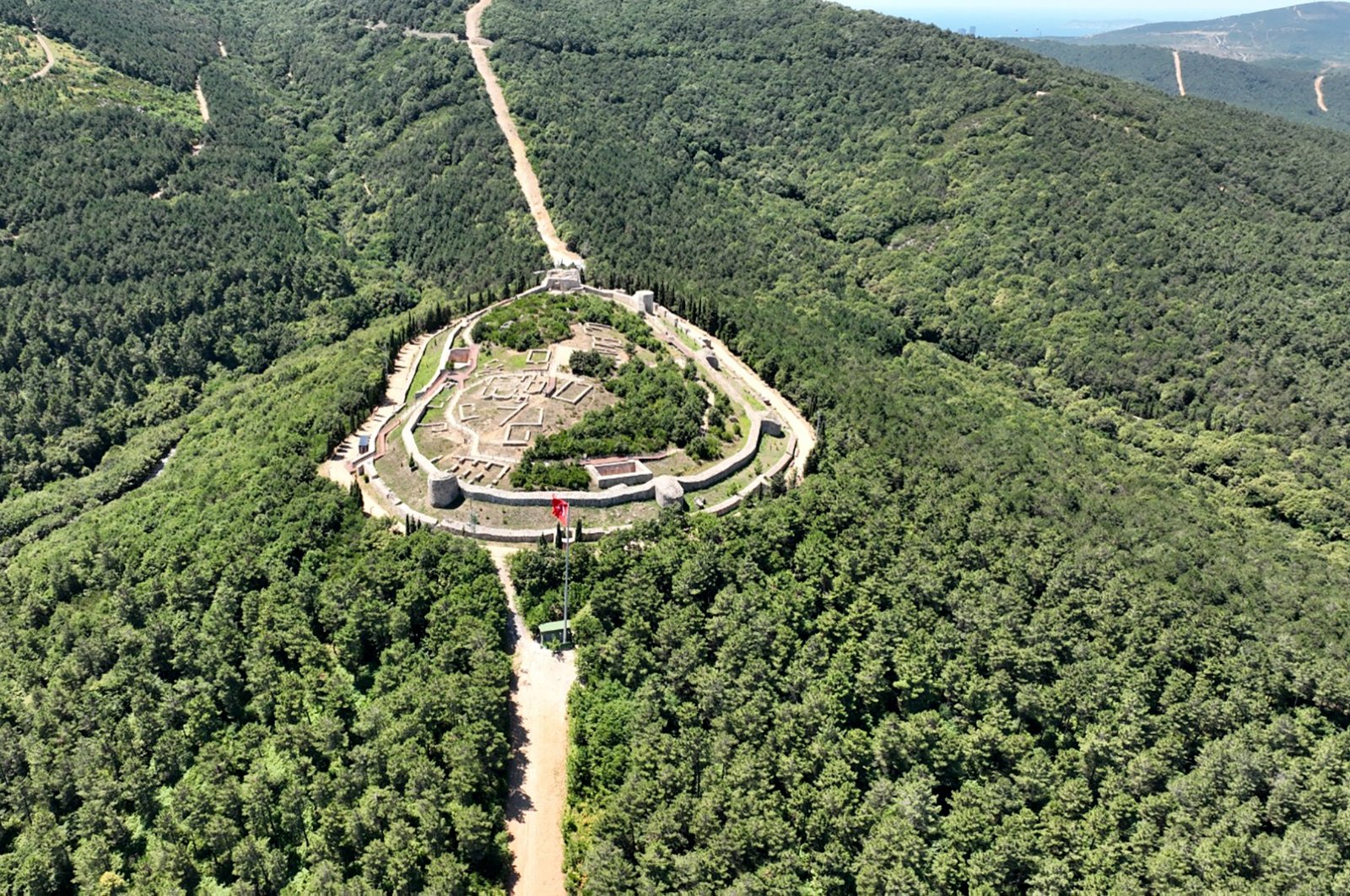
Greek/Roman/Byzantine periods
During the Byzantine period, the Asian side of Istanbul was an important trading hub, and many wealthy merchants and aristocrats built their homes in the area. Kadiköy (Chalcedon) and Üsküdar (Chrysopolis) are prime examples. Let’s delve into their past:
Chalcedon: This ancient maritime town, now known as Kadıköy, was once a rival of Byzantium (modern-day Istanbul) across the Bosphorus. Its strategic location made it a vital center during various empires.
Chrysopolis: Meaning “Golden City” in Greek, Üsküdar predates Byzantium by a few decades. It was initially overshadowed by Chalcedon but eventually grew in importance.
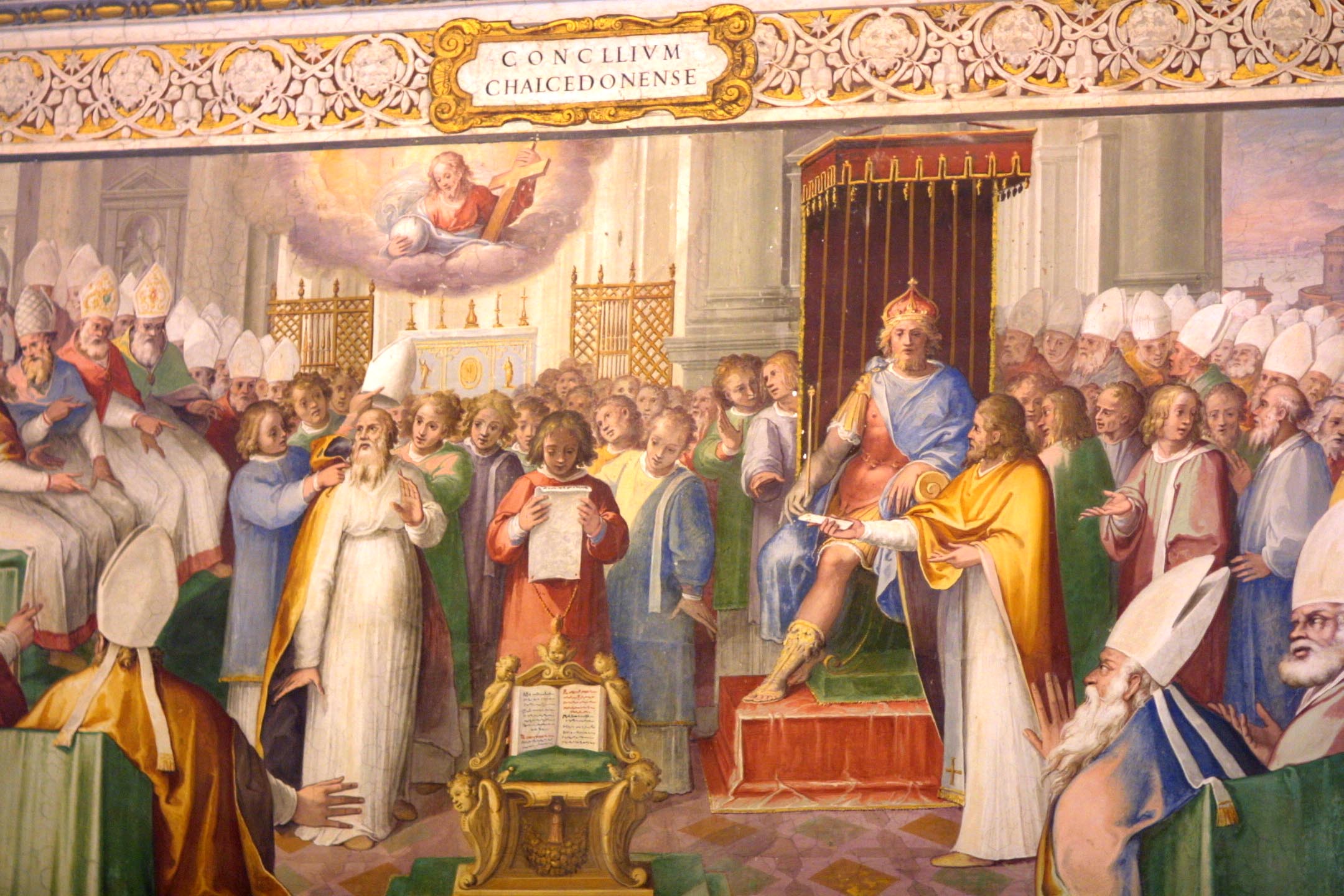
The Council of Chalcedon and Christian Theology
In 451 AD, Chalcedon played a pivotal role in Christian history by hosting the Fourth Ecumenical Council. This gathering of Christian bishops aimed to address theological disputes, particularly concerning the nature of Christ.
The Council’s importance lies in its:
- Definition of Christ’s Dual Nature: It established Christ as both fully human and fully divine, a concept central to Christian belief. This definition helped solidify Christian doctrine and countered opposing views like Monophysitism (Christ as only divine).
- Impact on Church Schism: While the Council aimed for unity, its pronouncements contributed to the East-West Schism in 1054 AD. Some Eastern Christian churches rejected certain aspects of the Council’s decisions.
One of the most famous landmarks of this era is the Maiden’s Tower, which was built on an islet at the entrance of the Bosphorus and served as a watchtower and lighthouse.
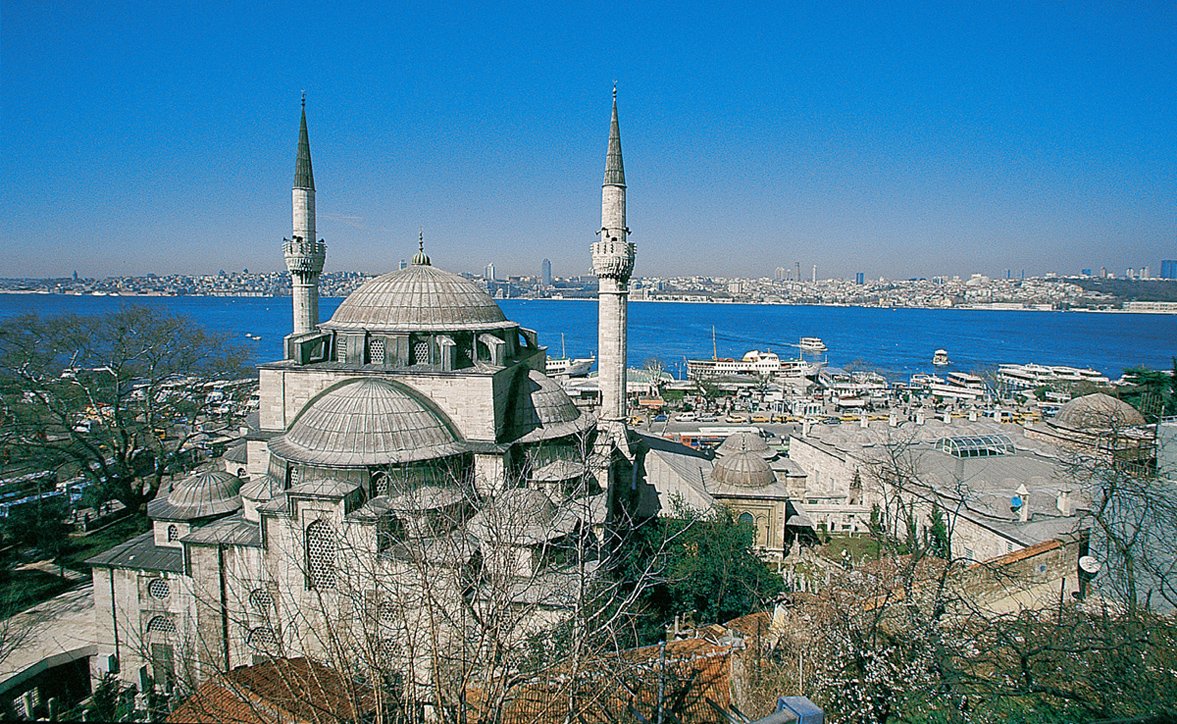
Ottoman History
In the 15th century, the Ottomans captured Istanbul, and the city became the capital of the Ottoman Empire. The Asian side of the city continued to grow and develop, with many new neighborhoods and palaces being built. One of the most famous Ottoman landmarks on the Asian side is the Beylerbeyi Palace, which was built in the 19th century as a summer residence for the sultan.

During the 20th century, the asian side of the city continued to expand and modernize, with new neighborhoods and infrastructure being built. Today, it is a vibrant and diverse section of Istanbul, with a unique blend of old and new, tradition and innovation.
Anadoluhisarı, is a medieval fortress located in Istanbul, Turkey on the Anatolian (Asian) side of the Bosporus. The complex is the oldest surviving Turkish architectural structure built in Istanbul. 📷 George Rishan pic.twitter.com/x7DH0jcvfU
— Türkiye_Pics 🇹🇷 (@Turkey_Pics) November 9, 2020
Further Exploration
If you’re interested in learning more, here are some suggestions:
- Visit the Hagia Sophia in Istanbul. Originally a patriarchal church, it offers a glimpse into the historical significance of the region for Christianity.
- Explore the museums on both sides of the Bosphorus to understand the rich history of the area.
Topology and Infrastructure
Istanbul’s Asian side is characterized by its hilly terrain and stunning natural beauty. The area is bordered by the Bosphorus Strait to the west and the Black Sea to the north, with the Princes’ Islands lying just off the coast. The Asian side is also home to several parks and green spaces, including Fethi Paşa Korusu, Göztepe Park, and the Çamlıca Hill.

In terms of infrastructure, the Asian side has a well-developed transportation network that includes buses, metro, and ferries. The Marmaray tunnel, which connects the European and Asian sides of Istanbul via a submerged tunnel under the Bosphorus, is also a popular mode of transportation for locals and visitors alike. The Asian side also has its own international airport, Sabiha Gökçen Airport, which is located in the Pendik district.
Planning a Trip to Istanbul Asian Side
If you’re planning a trip to the asian side, there are several things to keep in mind. The easiest way to get to the Asian side from Europe is via the Marmaray train or by taking a ferry. The best time to visit is during the spring or fall when the weather is mild and comfortable for outdoor activities. It’s also important to familiarize yourself with the local customs and etiquette to ensure a pleasant and respectful trip.
How to Get from the European Side to the Asian Side
Getting from the European side to the Asian side of Istanbul is relatively easy, thanks to the city’s well-developed transportation network. Here are a few basic tips on how to do it:
Ferry
One of the most popular and scenic ways to get from the European side to the Asian side is to take a ferry. Ferries depart regularly from various points along the Bosphorus, including Eminönü, Beşiktaş, and Kabataş, and travel to several destinations on the Asian side, including Kadıköy, Üsküdar, and Bostancı.
Metro
The Marmaray tunnel is a convenient and fast way to travel between the European and Asian sides of Istanbul. The tunnel connects the Yenikapı station on the European side with the Üsküdar station on the Asian side, and trains run every few minutes.
Bus
Several bus lines connect the European and Asian sides of Istanbul, including the E-5 highway and the Bosphorus Bridge. Buses run regularly and are a good option for those on a budget. As of April 2023. Some of these bus lines are 14M, 15F, 16D, 20Ü, and SG-1. Click here for MoovitApp’s comprehensive list.
Overall, getting from the European side to the Asian side of Istanbul is relatively easy and convenient, with several transportation options to choose from.
Tourism Attractions in Istanbul’s Asian Side
There is no shortage of things to see and do in Istanbul’s Asian part, with landmarks such as the Maiden’s Tower and historic sites like the Beylerbeyi Palace offering a glimpse into the city’s past. Natural attractions such as the Fethi Pasa Korusu park and the Beykoz Korusu forest provide a peaceful respite from the busy city. The Asian side is also home to several arts and culture centers, dining and nightlife options, and shopping districts.
Top 10 Things to Do in Istanbul Asian Side
To help you plan your trip, we’ve compiled a list of the top 10 things to do in Istanbul’s Asian segment:
- Visit Maiden’s Tower: Located at the southern entrance of the Bosphorus Strait, Maiden’s Tower, also known as Kız Kulesi in Turkish, is one of the most iconic landmarks of Istanbul, Turkey. The tower has been an integral part of the city’s history and culture for centuries, and its unique architecture and fascinating legends have attracted visitors from all over the world.
- Take a Bosphorus cruise (read our dedicated post on the topic)
- Visit the Beylerbeyi Palace
- Explore the Camlica Hill
- Visit the Bagdat Avenue

- Explore the Kuzguncuk neighborhood
- Explore the Kadikoy neighborhood
- Visit the Camlica Mosque
- Check out Caddebostan
- Discover Anadolu Kavağı
Neighborhoods to Visit in Istanbul Asian Side
Kadıköy
Located on the coast of the Marmara Sea, Kadıköy is one of the most popular neighborhoods on the Asian side of Istanbul. It’s known for its lively atmosphere, street markets, and excellent food scene. Kadıköy is also home to several historical landmarks, including the Haydarpaşa Train Station and the Moda Naval Museum.
Üsküdar
Situated on the Bosphorus, Üsküdar is a historic district that boasts numerous Ottoman-era landmarks and architectural gems. Some of the must-visit attractions in Üsküdar include the Maiden’s Tower, the Yeni Valide Mosque, and the Beylerbeyi Palace.
Moda
Moda is a charming neighborhood located just south of Kadıköy. It’s known for its trendy cafes, boutique shops, and vibrant street art scene. Moda is also home to several parks and green spaces, including the Moda Coastal Park.

Beykoz
Beykoz is a sprawling district located on the outskirts of Istanbul’s Asian side. It’s known for its tranquil forests, hilltop villages, and stunning views of the Bosphorus. Some of the must-visit attractions in Beykoz include the Anadolu Kavağı fishing village, the Sultaniye Thermal Springs, and the Riva Castle.
Kanlıca
Kanlıca is a quaint neighborhood located on the Bosphorus, just north of Üsküdar. It’s known for its traditional Ottoman-style wooden houses, historic mansions, and excellent yogurt. Visitors can stroll along the waterfront promenade, visit the Kanlıca Mosque, or enjoy a bowl of fresh yogurt at one of the many local cafes.
Kuzguncuk
Kuzguncuk is a charming, historic neighborhood situated on the banks of the Bosphorus, just north of Üsküdar. It’s known for its colorful houses, narrow streets, and quaint cafes. Kuzguncuk was once home to a diverse array of communities, including Greeks, Armenians, and Jews, and it retains much of its multicultural character to this day.

Visitors can explore the area’s historic wooden houses, visit the Kuzguncuk Synagogue, or enjoy a cup of tea at one of the local cafes. Kuzguncuk is also a great place to sample traditional Turkish food, including meze and kebabs, at one of the many local restaurants.
Caddebostan
Caddebostan is a coastal neighborhood located in the southern part of Istanbul Asian side. It’s known for its long, sandy beaches, trendy cafes, and vibrant nightlife. The area is popular with locals and visitors alike, who come to swim in the sea, relax in one of the many parks, or enjoy a night out at one of the many bars and clubs. Caddebostan also boasts several cultural attractions, including the Caddebostan Culture Center, which hosts concerts, exhibitions, and theater performances throughout the year. Visitors can also explore the Kadıköy Fish Market, which is one of the largest and busiest fish markets in Istanbul, or take a stroll along the Fenerbahçe Marina, which offers stunning views of the sea and the surrounding area.
These neighborhoods offer a diverse range of experiences and are sure to delight visitors who venture to Istanbul’s Asian sector.
Bosphorus Cruises and Tours
One of the best ways to experience Istanbul’s Asian side is by taking a Bosphorus cruise. These cruises offer breathtaking views of the city’s skyline and a chance to see many of its historic landmarks from the water. Several top companies offer daily tours, including traditional boat tours, sunset tours, and private tours. Additionally, many locals offer alternative experiences through Airbnb, such as canoeing in Bosphorus under Istanbul Bridge and sunset yacht cruises with luxury boats.
Daily Tours in Istanbul’s Asian Side
Several top companies offer daily tours of Istanbul Asian side, which can be a convenient and informative way to explore the area. These tours often include transportation, guides, and visits to top attractions such as the Maiden’s Tower, Beylerbeyi Palace, and Camlica Hill. Some popular tour companies include Istanbul Tour Studio, Context Travel, and us, The Other Tour, we go to the Asian side each and every time!
In addition to these tours, many locals offer alternative experiences through Airbnb, providing visitors with unique and authentic insights into life on the Asian side. Some popular Airbnb experiences include a cooking class in a local home, a visit to a traditional Turkish bath, and a tour of the Kuzguncuk neighborhood with a local guide.
Whether you choose to go on a guided tour or explore on your own, there are plenty of ways to experience the rich history, culture, and beauty of the Istanbul’s Anatolian segment.
Best Restaurants on the Asian Side of Istanbul
here are 5 of the best restaurants on the Asian side of Istanbul:
- Ciya Sofrası: A popular restaurant that serves traditional Turkish cuisine, with an emphasis on regional specialties from Anatolia. https://ciya.com.tr/
- Neolokal: This restaurant offers modern interpretations of Turkish dishes, with an emphasis on using local and seasonal ingredients. https://neolokal.com/
- Yakup 2: A seafood restaurant that serves fresh fish and seafood dishes, with a great view of the Bosphorus. http://www.yakup2.com.tr/
- Aheste: A cozy restaurant that serves Mediterranean-inspired dishes, with a focus on fresh ingredients and traditional cooking techniques. https://www.aheste.com.tr/
Which is Better, Istanbul Asia or Istanbul Europe?
The question of whether Istanbul’s Asian side or European side is better ultimately depends on individual preferences and interests. The European side is home to many of Istanbul’s most famous landmarks and historic sites, including the Hagia Sophia, the Blue Mosque, and the Topkapı Palace.
On the other hand, the Asian side offers a more relaxed and authentic experience of Istanbul, with its diverse neighborhoods, natural attractions, and cultural centers. It’s also a great place to escape the crowds and experience a different side of the city.
May be a cop out answer but, both the European and Asian sides of Istanbul offer unique and valuable experiences for travelers. Plus, it’s worth exploring both to get a comprehensive understanding of the city and its rich history and culture.
In conclusion
Istanbul’s Asian side offers a unique perspective on the city’s history and culture, with its diverse neighborhoods, natural attractions, and historic landmarks. By exploring the Asian side, travelers can gain a deeper understanding of Istanbul’s rich heritage and vibrant culture. For further information and resources on exploring Istanbul Asian side, we recommend visiting websites such as Lonely Planet and The Culture Trip.

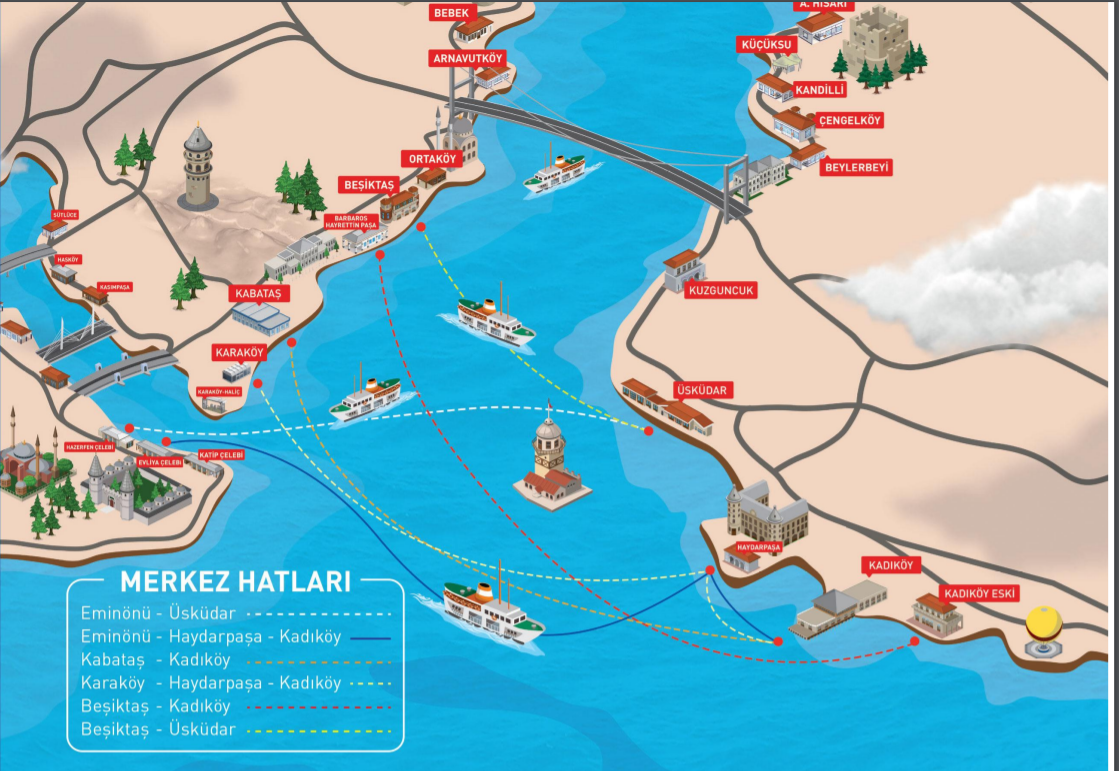
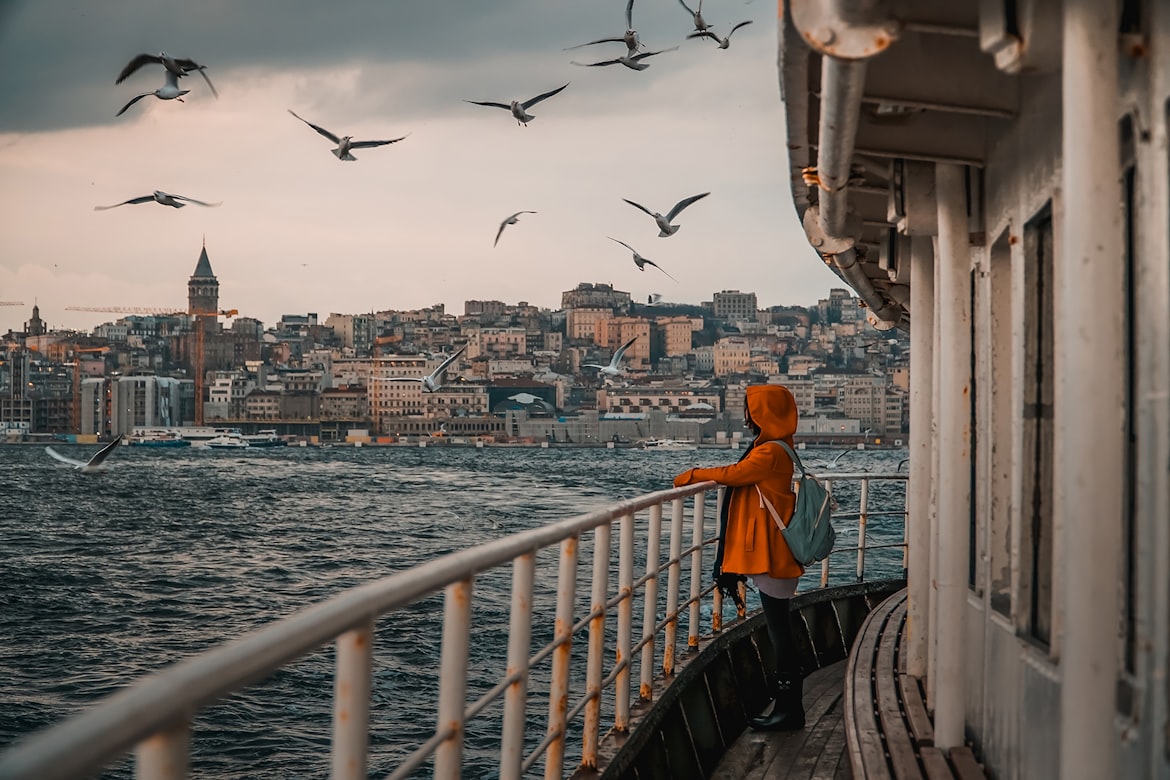
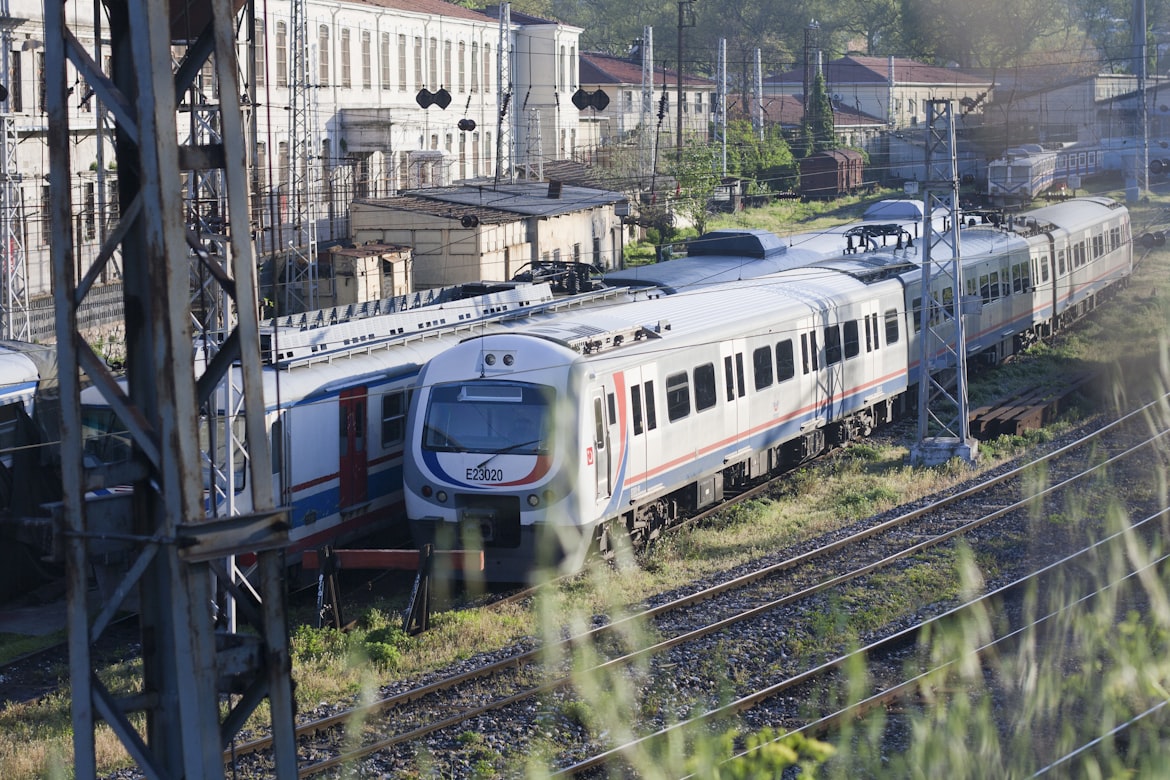
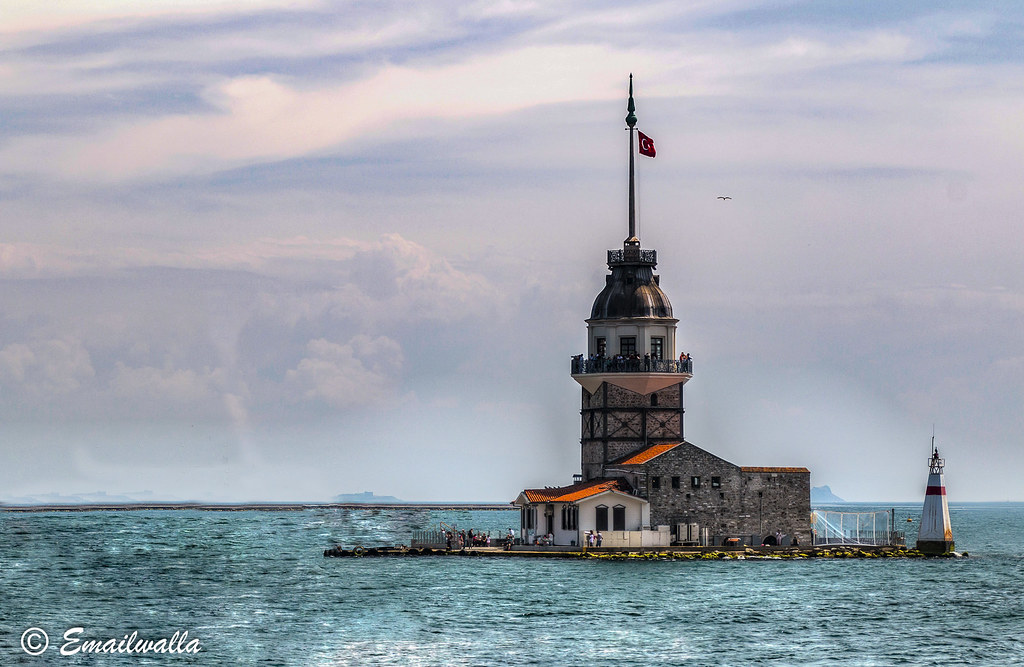

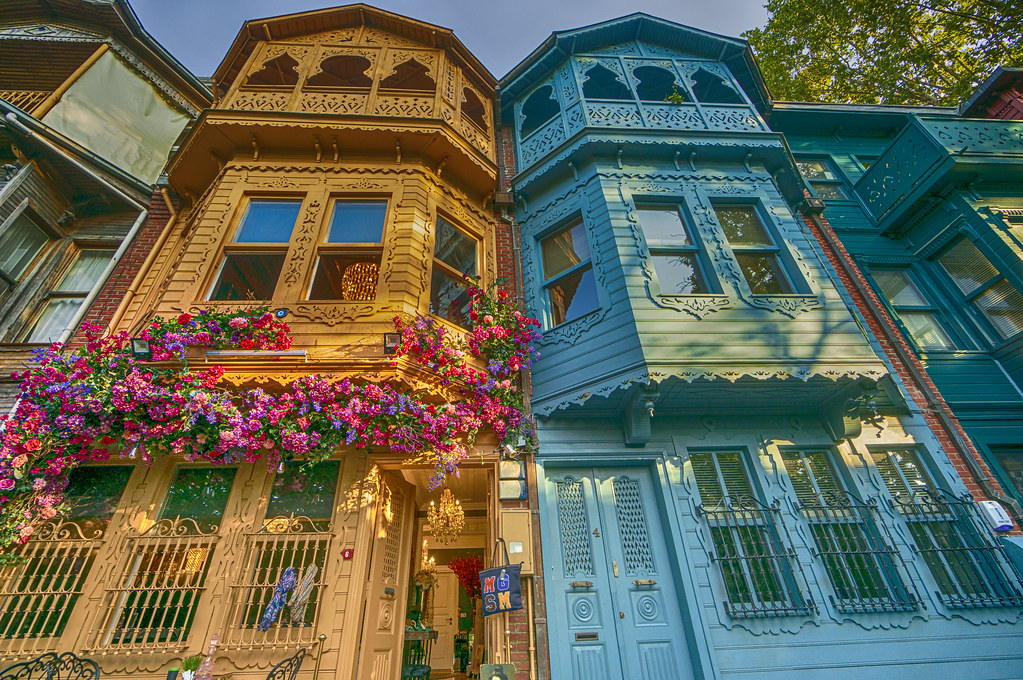
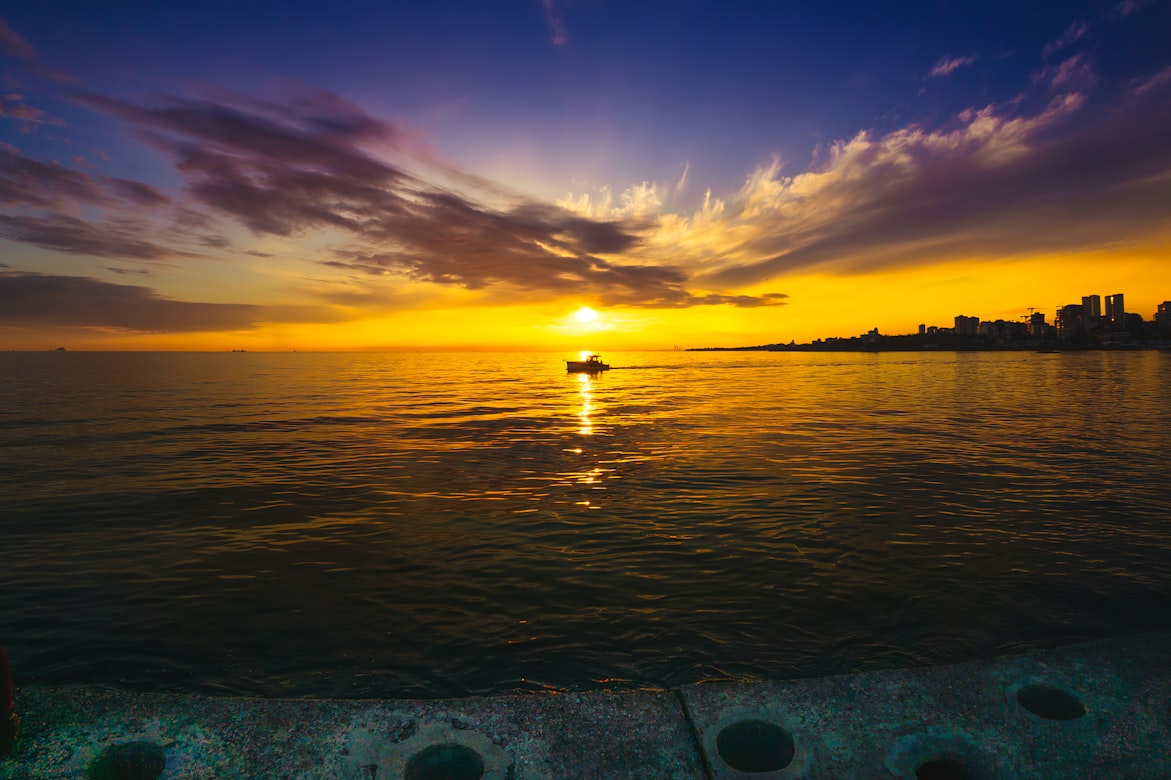
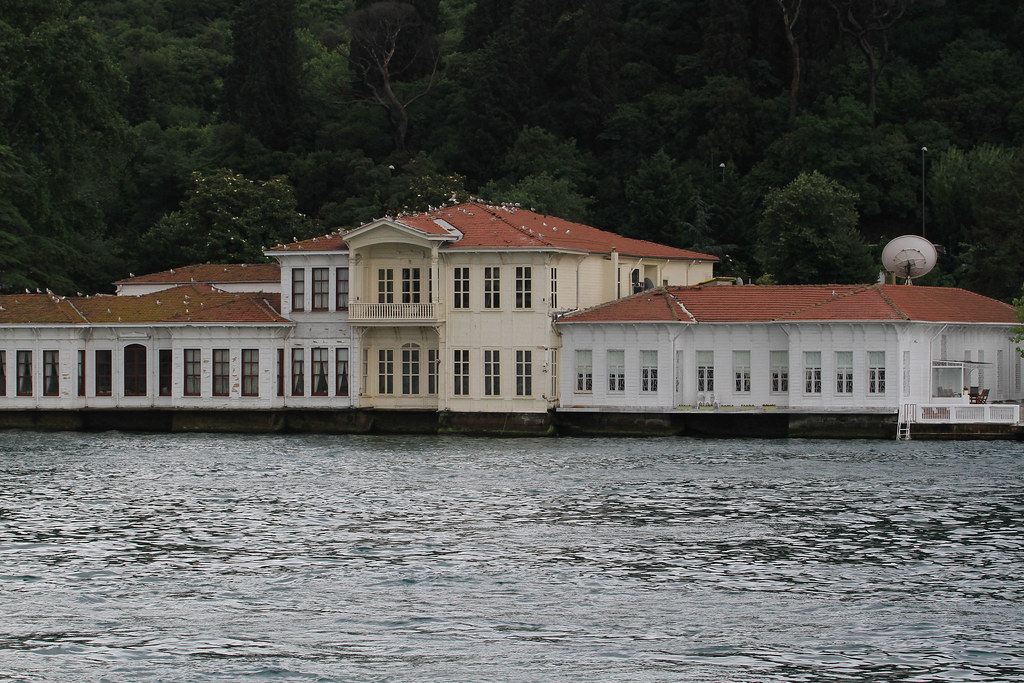
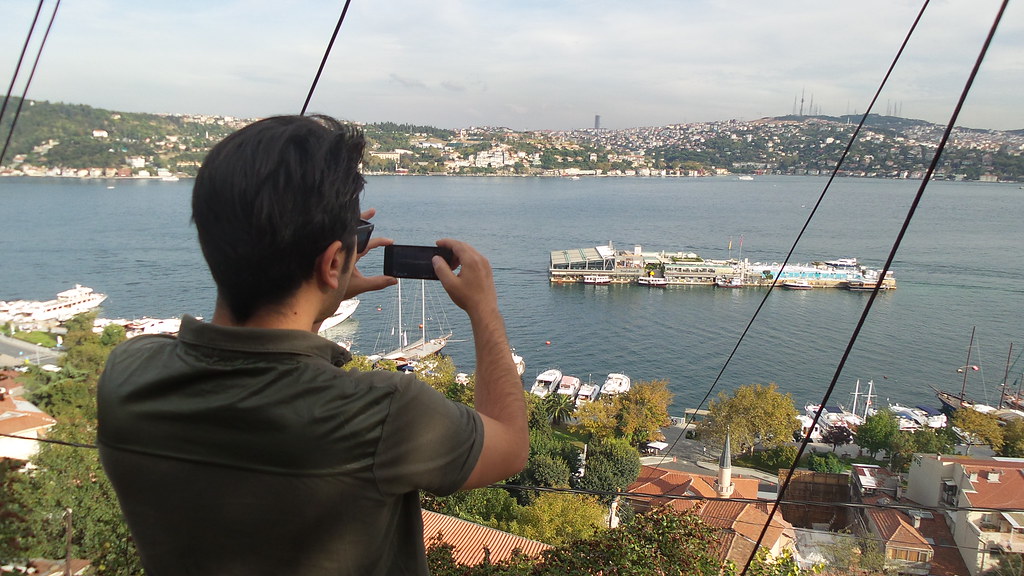









first
Hey Fethi, would you recommend staying on the asian side? Maybe in Kadikoy? And which hotels would be reckon are good?
Hey Sara,
Just sent you an email about that. We don’t wanna reveal everything here, you know 🙂 Information is power, as they say 🙂
All the best,
Fethi